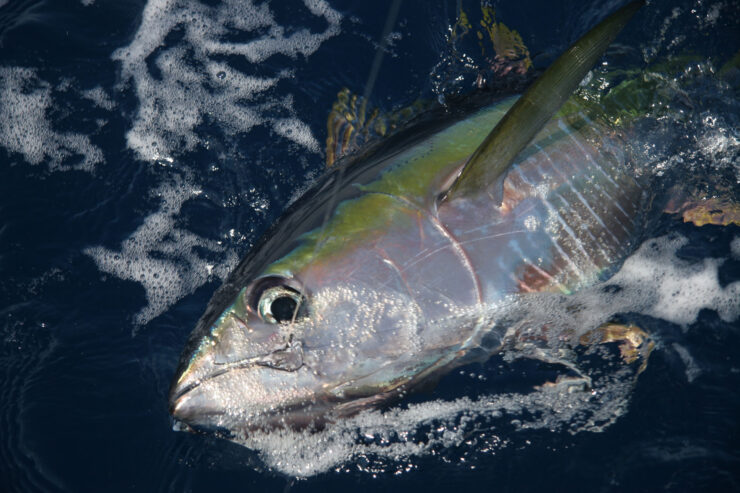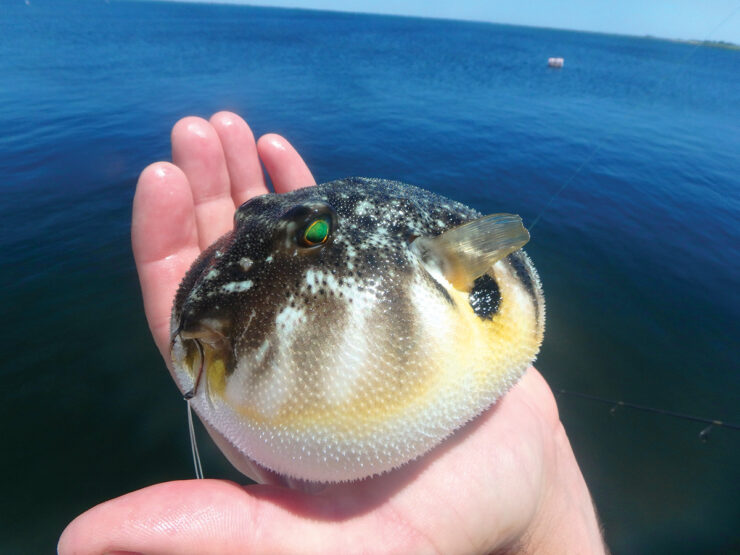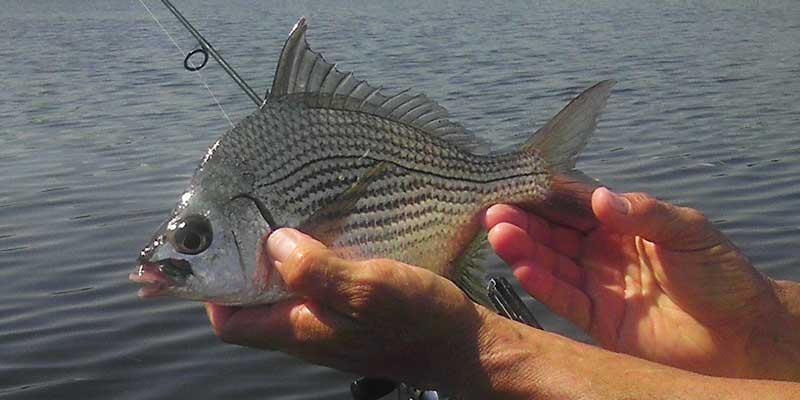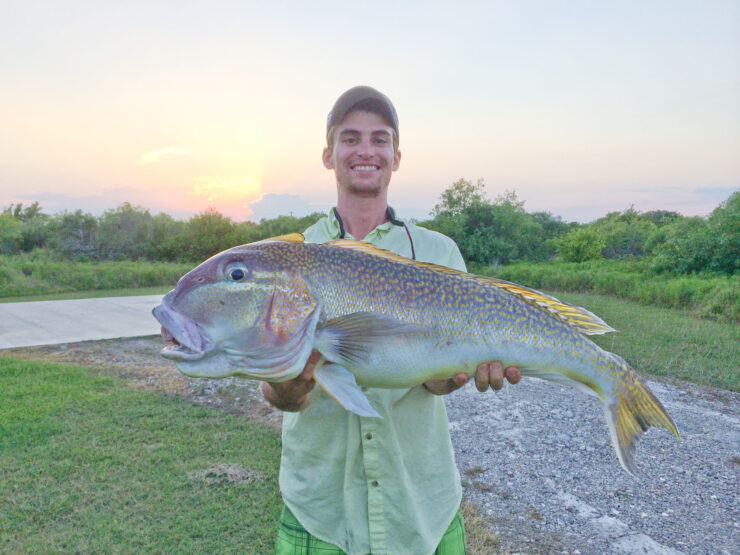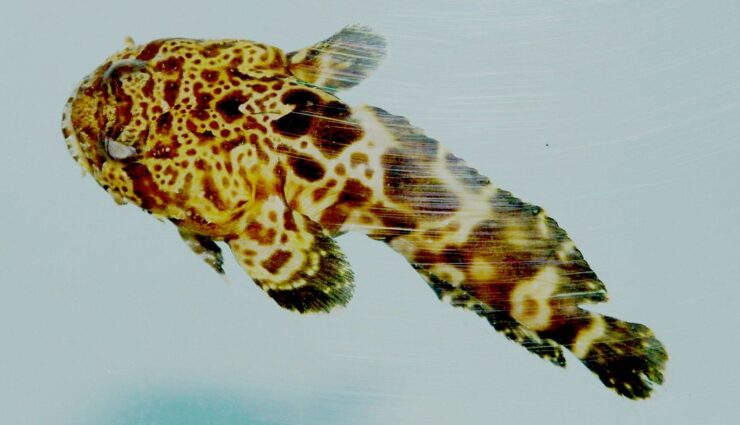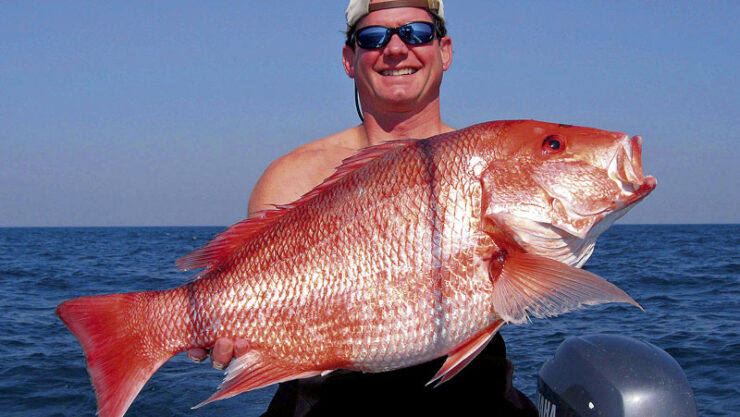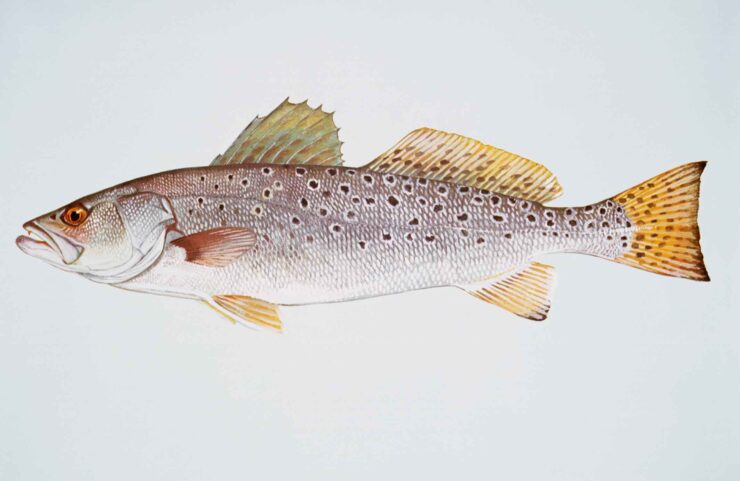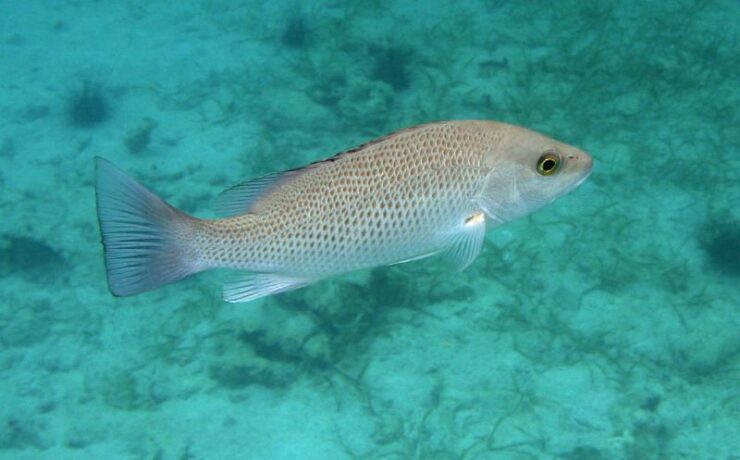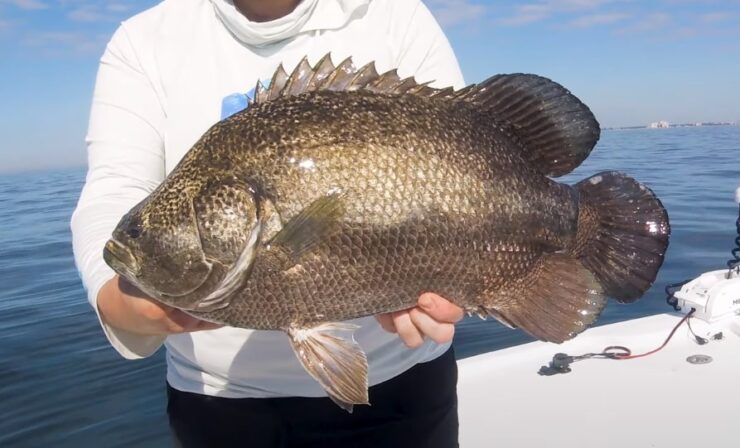In Tune With Tuna
“Tuna fishing the Gulf of Mexico at night doesn’t get any better than this…” Two hours of “chunking” for tuna proved fruitless that evening on the Midnight Lump, as the sun relentlessly glared down on us. What added to the aggravation were the long sunburned faces that wondered if fresh tuna would ever line their … Read more

